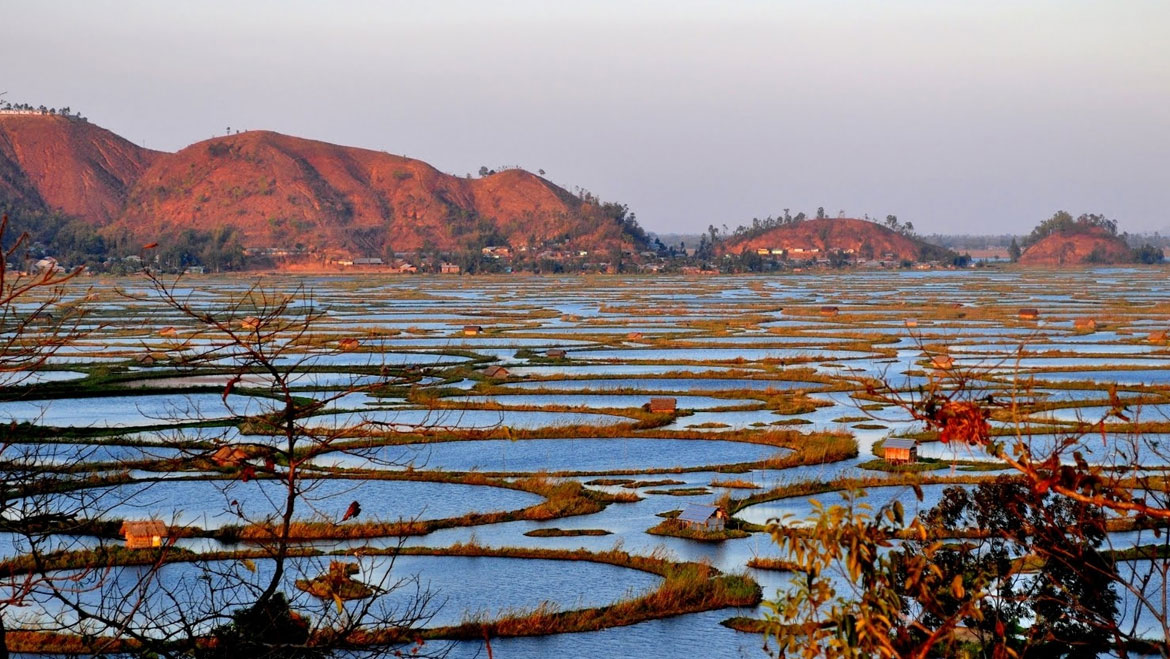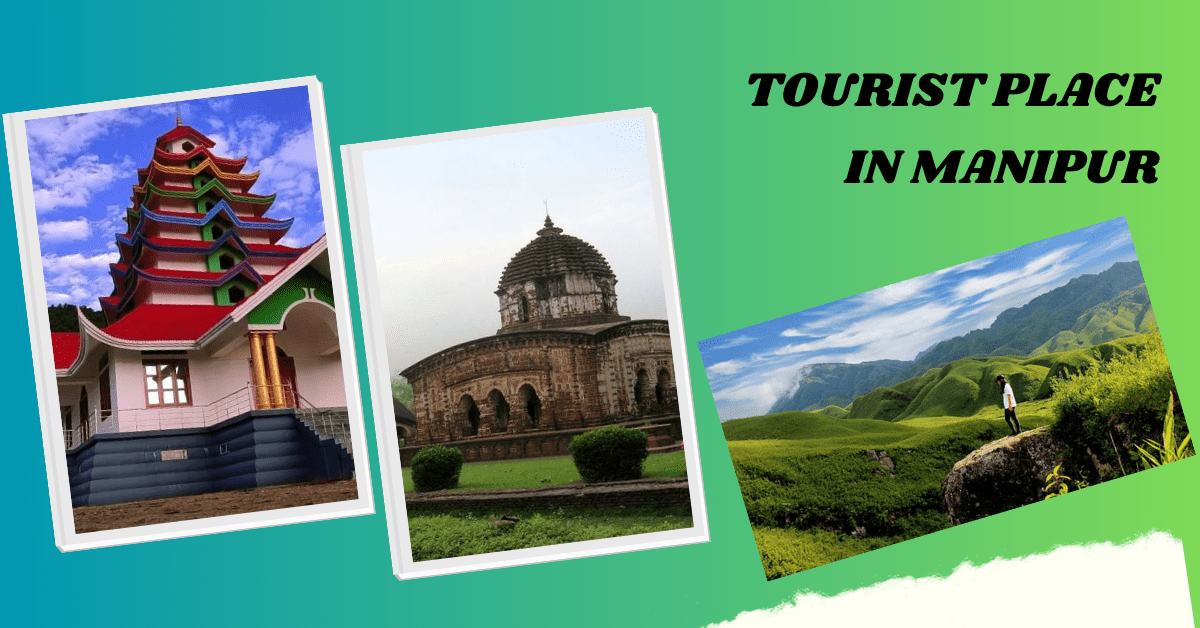Nestled in the northeastern corner of India, Manipur is a state brimming with cultural richness, natural beauty, and a storied history. The top tourist places in Manipur not only showcase the region’s unique offerings but also play a crucial role in shaping the societal narrative. In this blog post, we will delve into the best and famous tourist places in Manipur, exploring their relevance, evolution, and potential future developments, and how they contribute to the vibrant tapestry of this northeastern gem.

Relevance and Cultural Significance:
- Loktak Lake: Loktak Lake, the largest freshwater lake in Northeast India, is more than just a body of water; it’s a cultural reservoir. The relevance of Loktak Lake lies in its role as a symbol of Manipur’s natural beauty and a lifeline for the communities surrounding it.
- Ima Keithel (Mother’s Market) – Imphal: Ima Keithel, an all-women market, is not just a trading space; it’s a cultural nucleus. The relevance of Ima Keithel lies in its role as a vibrant marketplace that reflects the economic resilience and entrepreneurship of Manipuri women.
- Kangla Fort – Imphal: Kangla Fort, with its historical significance dating back centuries, is more than just an architectural marvel; it’s a custodian of Manipur’s past. The relevance of Kangla Fort lies in its role as a testament to the region’s complex history and cultural evolution.
- Evolution of Tourist Places:
- Shri Govindajee Temple – Imphal: Shri Govindajee Temple has evolved from a religious sanctuary to a center of cultural significance. Its transformation reflects Manipur’s commitment to preserving its spiritual heritage while making it accessible to a broader audience.
- Khongjom War Memorial: The Khongjom War Memorial has evolved from a historical landmark to a symbol of valor and sacrifice. Its transformation aligns with Manipur’s efforts to commemorate and educate future generations about its role in India’s struggle for independence.
- Dzukou Valley: Dzukou Valley, a picturesque landscape, has evolved from a hidden gem to a trekker’s paradise. Its transformation reflects the increasing interest in eco-tourism and the recognition of Manipur as a destination for nature enthusiasts.
- Impact on Society:
- Women’s Empowerment: Ima Keithel, being an all-women market, contributes significantly to women’s empowerment in Manipur. The market serves as a platform for female entrepreneurs to showcase their skills, fostering economic independence and challenging traditional gender norms.
- Cultural Identity and Pride: Loktak Lake and Kangla Fort contribute to the preservation of cultural identity and pride in Manipur. These landmarks serve as reminders of the region’s rich history, instilling a sense of belonging and cultural pride among the local population.
- Educational Significance: Khongjom War Memorial and Shri Govindajee Temple hold educational significance by providing insights into Manipur’s historical and spiritual aspects. Visits to these places offer valuable lessons about the region’s contributions to India’s history and its deep-rooted cultural traditions.
- Potential Future Developments:
- Sustainable Tourism Initiatives: Future developments should prioritize sustainable tourism initiatives. Responsible management of natural sites, conservation efforts, and community-based tourism programs can ensure the long-term preservation of Manipur’s cultural and natural treasures.
- Digital Integration for Cultural Narratives: Leveraging technology for tourism can enhance visitor experiences. Digital platforms, virtual reality tours, and interactive exhibits can provide a more immersive understanding of Manipur’s history, culture, and natural beauty, making these experiences accessible to a wider audience.
- Community-Based Conservation Projects: Engaging local communities in conservation efforts can be a crucial future development. Initiatives that involve residents in the protection of natural sites and cultural landmarks foster a sense of ownership and responsibility, ensuring these places thrive for future generations.
- Conclusion:
Manipur’s best and famous tourist places are not just physical destinations; they are integral to the state’s cultural narrative, economic vitality, and environmental sustainability. As we traverse the landscapes of Loktak Lake, explore the history embedded in Kangla Fort, or witness the bustling energy of Ima Keithel, it becomes evident that these landmarks are more than attractions—they are threads woven into the intricate tapestry of Manipur’s societal fabric. Looking ahead, sustainable practices, technological integration, and community involvement can further elevate Manipur as a cultural and historical treasure trove, where tradition, innovation, and community spirit coalesce seamlessly. Let us celebrate the diversity, cherish the narratives, and contribute to a legacy that continues to unfold in the vibrant landscapes of Manipur.

Best and Famous 37 Tourist Places List in India
| Zone | States | |||
| North | Jammu & Kashmir | Haryana | Delhi
Rajasthan |
Punjab |
| Central | Uttar Pradesh | Madhya Pradesh | Chhattisgarh | Uttarakhand |
| East | Bihar
Sikkim |
Odisha | Jharkhand | West Bengal |
| West | Gujarat
Goa |
Daman Diu | Maharashtra | Dadra Nagar Haveli |
| South | Karnataka
Tamil Nadu |
Kerala
Puducherry |
Andhra Pradesh
Andaman Nicobar |
Telangana
Lakshadweep |
| Northeast | Manipur
Meghalaya |
Mizoram
Assam |
Tripura
Arunachal Pradesh |
Nagaland |
| Southeastern | Ladakh | |||
